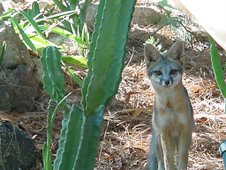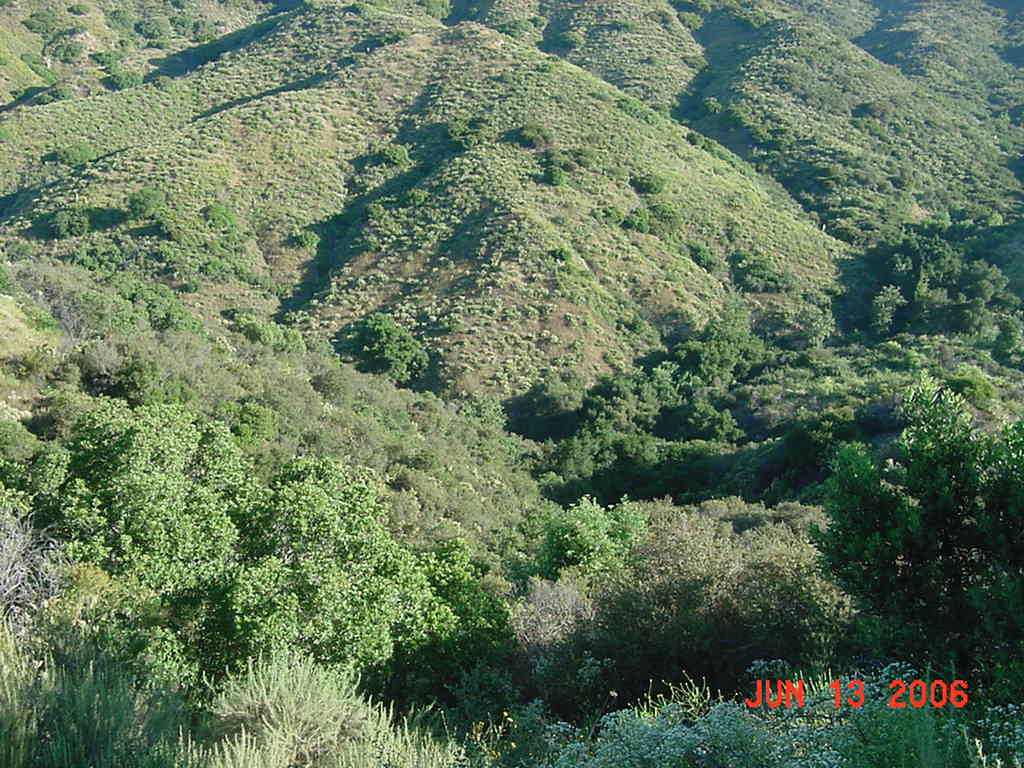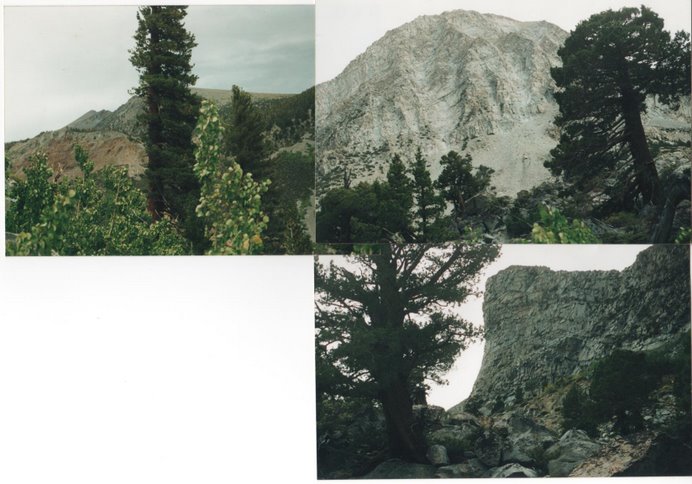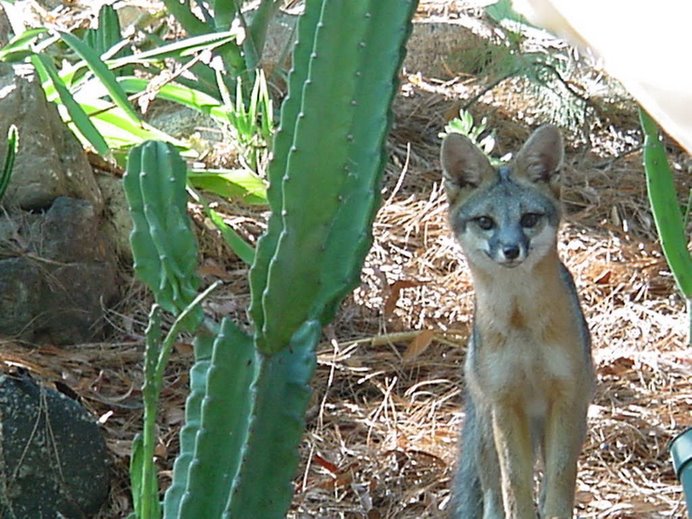Long ago, in the early mission days, settlements and the lands were staked out upon the flattest land, alluvial plains deposited by the shifting swollen rivers. During big storm events, dirt and debris are churned up from the young, loose and crumbly surface of the San Gabriel Mountains. These mountains, which intercept the moisture laden pacific onshore flows when storm event after event pound them, deposit very fertile and deep soils which were then tilled for crops. By 1890 most all the flat valley floors were almost completely stripped of natural habitat.
Amazingly, the nearby hillsides remained largely untouched until modern population demands and development profits warranted mounting the current siege marching up the foothills and into the local mountains. Certain valley native species have persisted among the hills and vales that even cows left ungrazed due to the prickly brush, the treacherous footing and steep terrain.
Often Back-to-nature types populated early hillside communities, and they had an appreciation for nature's splendid diversity here in our floristic province, they are vanishing fast as development money gets political concessions for packed-together residential housing covering the hills and completely removing the chaparral and woodlands, the refuge of LA's displaced plants and animals.
Formerly Nevin's Mahonia, the Berberis nevinii was last described in the San Fernando valley floor communities in 1904. This prickly woody bush was completely extirpated there, but also can occur on north facing slopes and this is where I found this ancient specimen;








